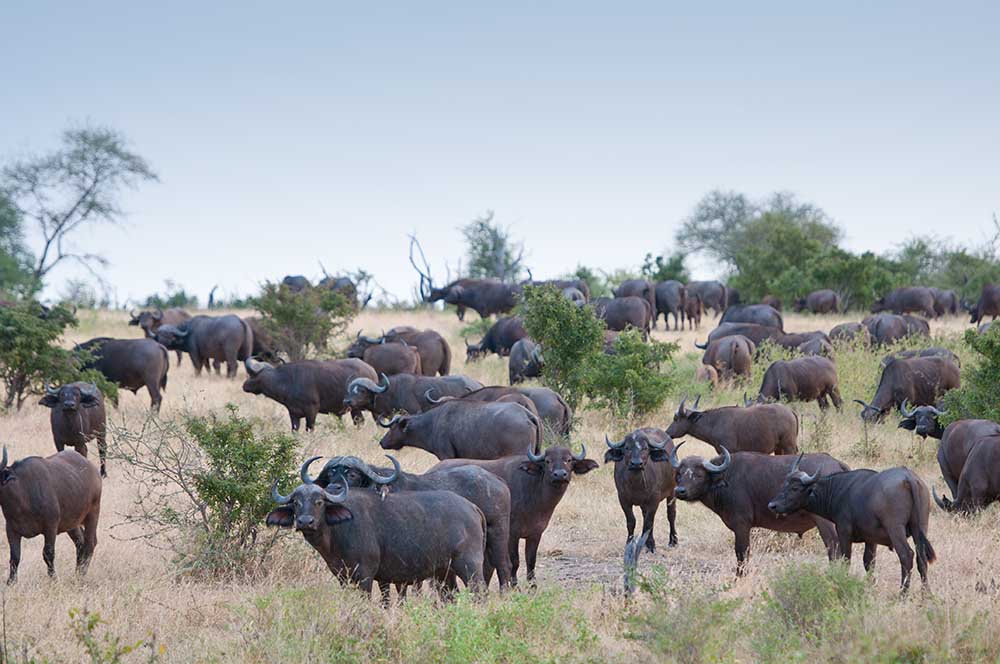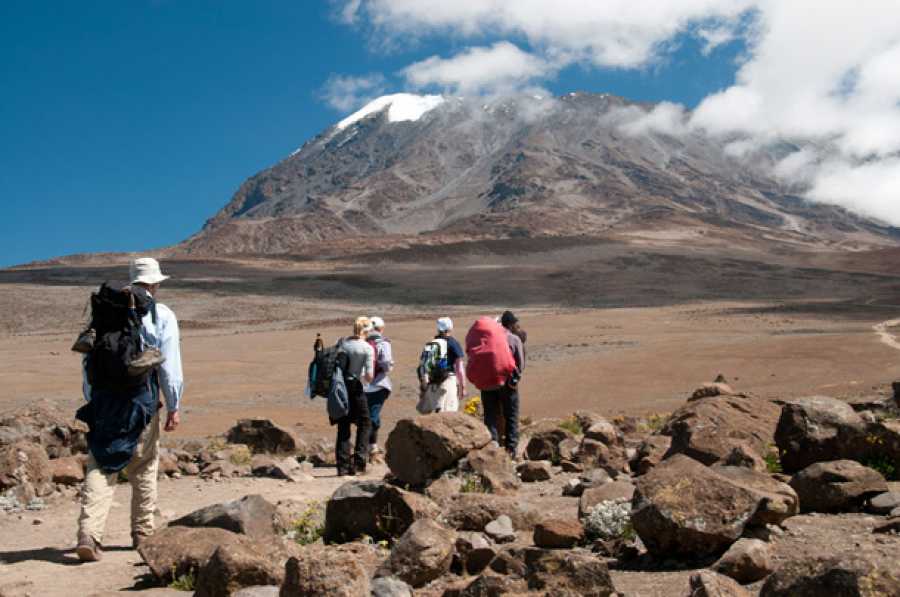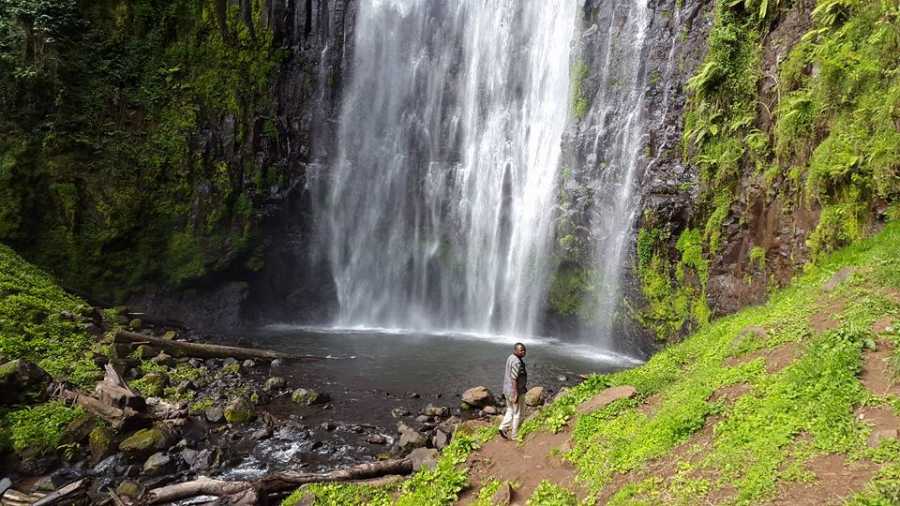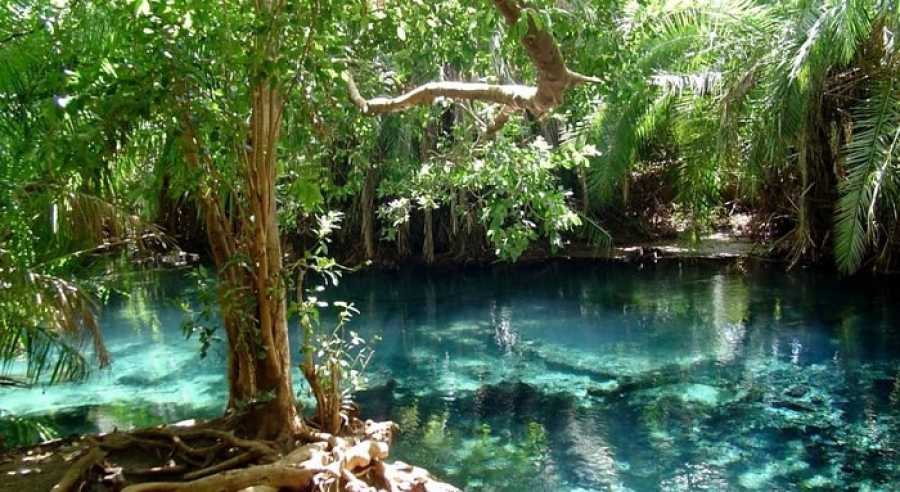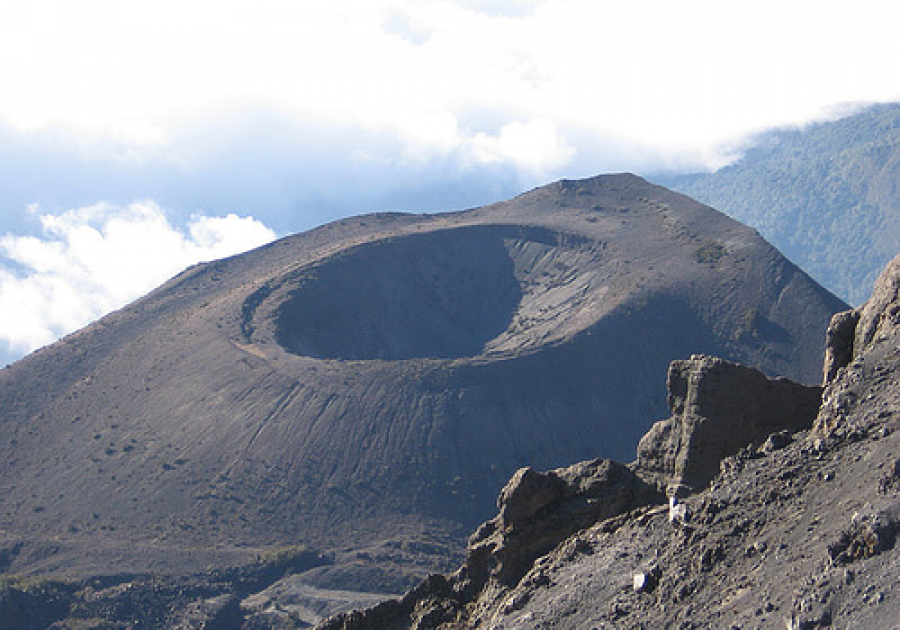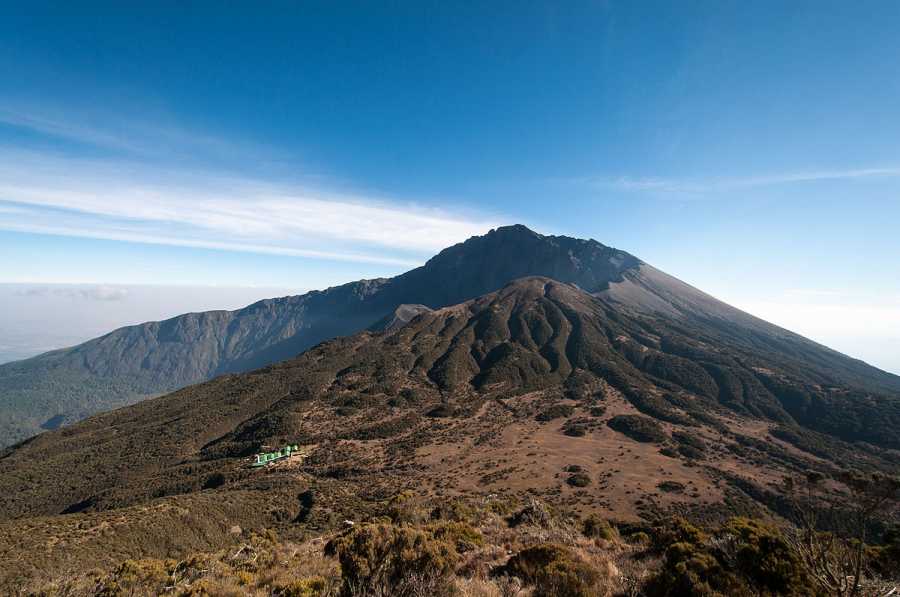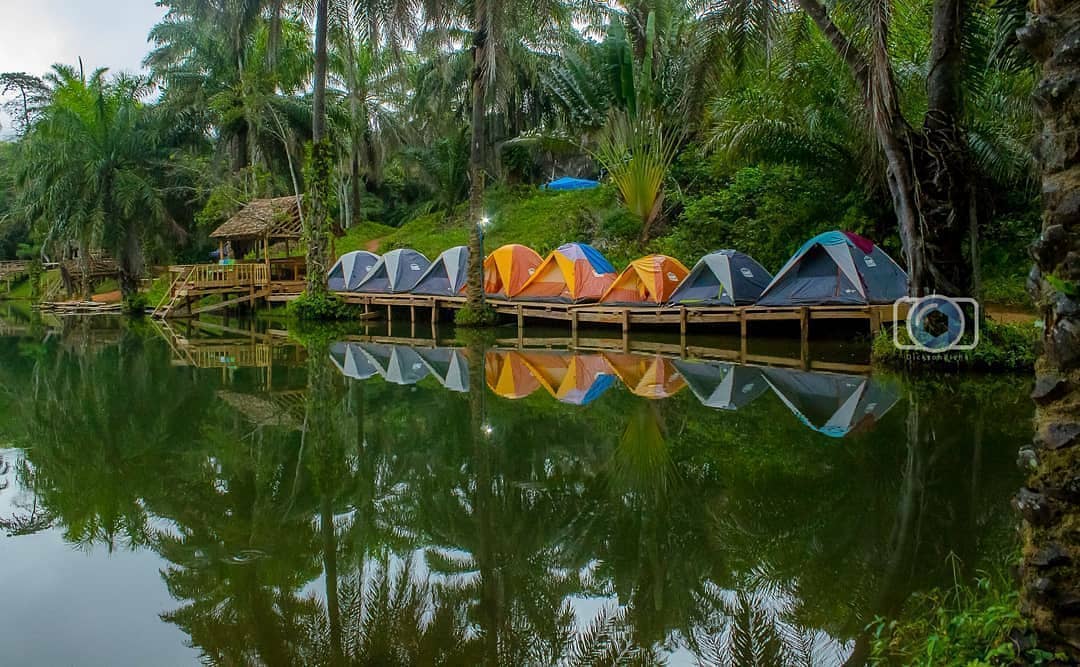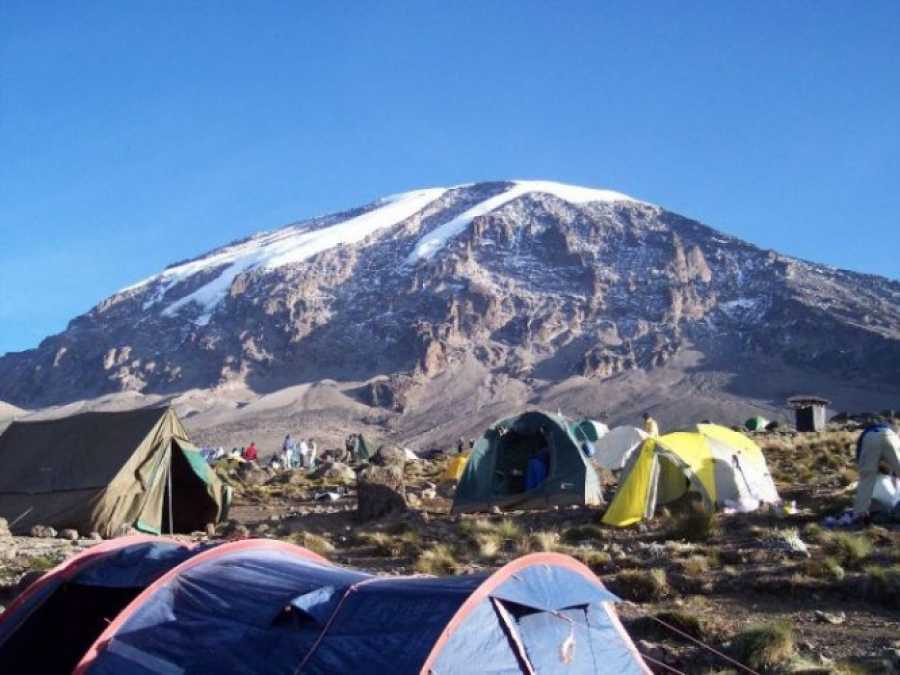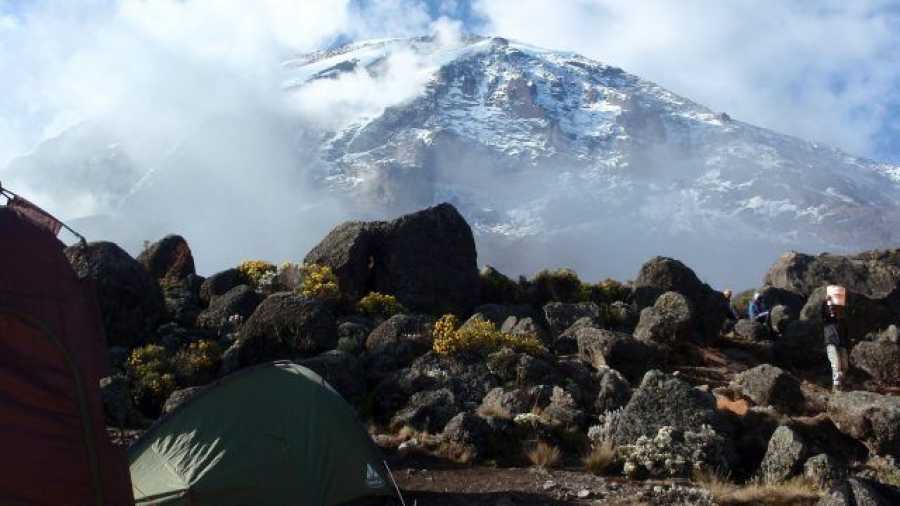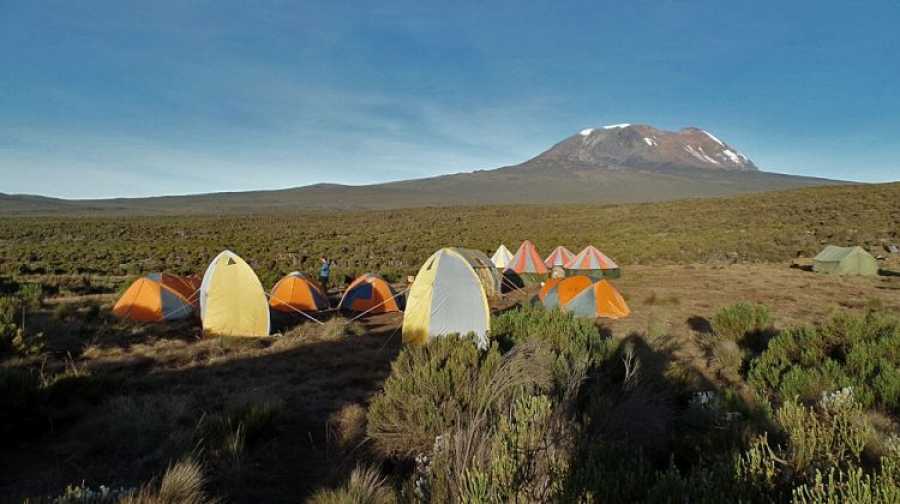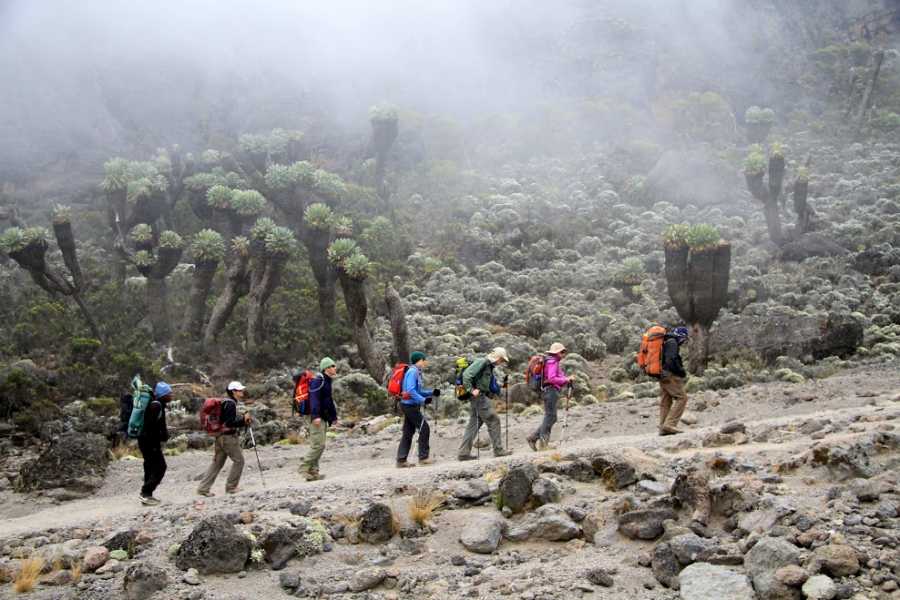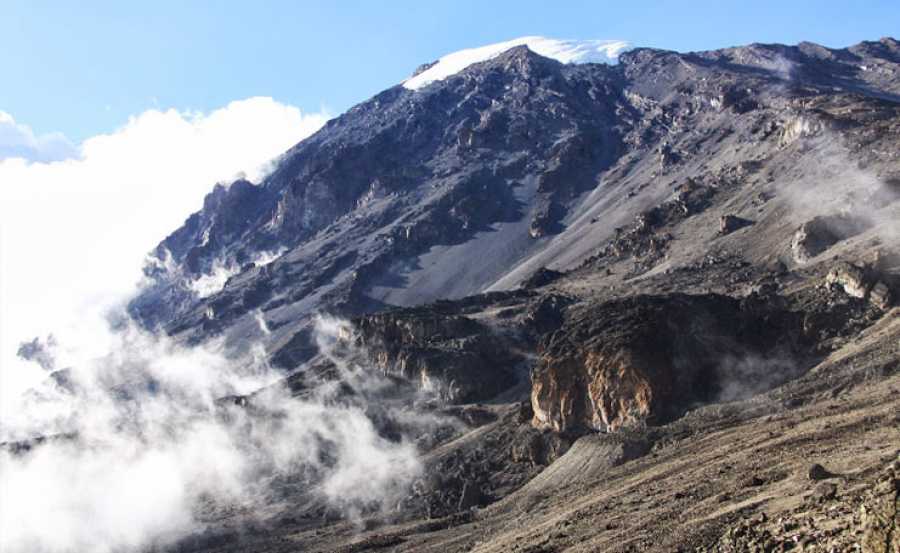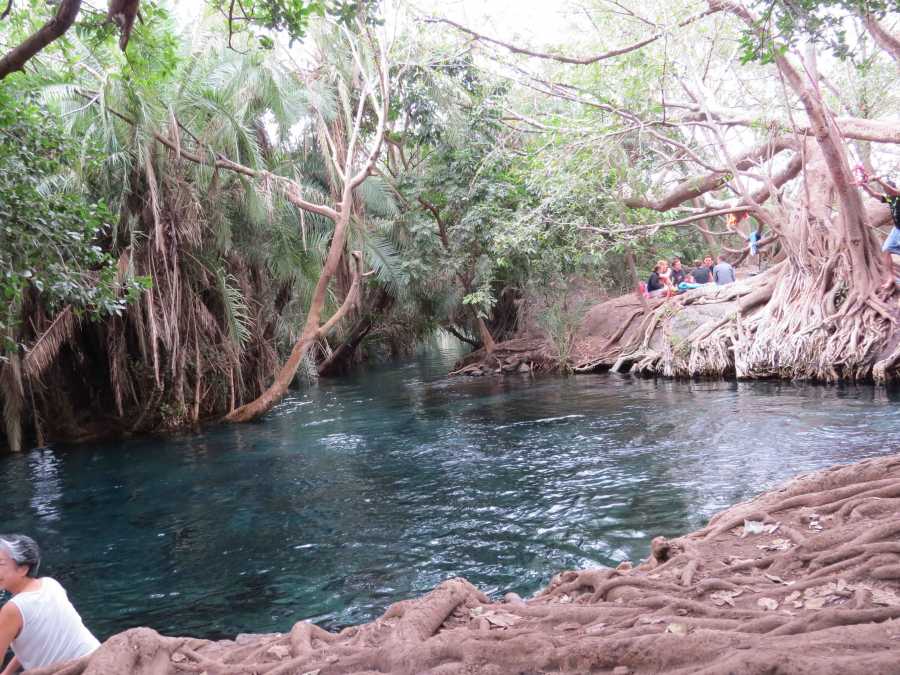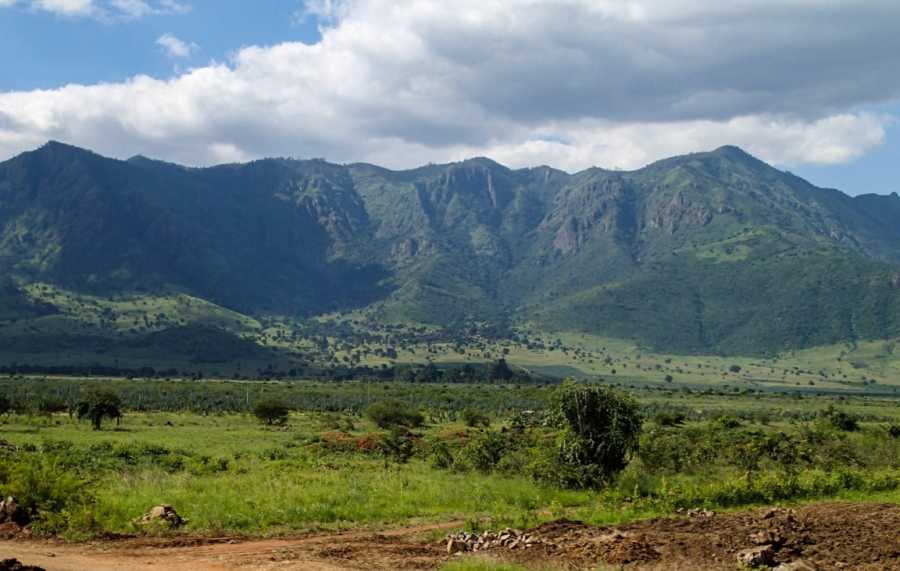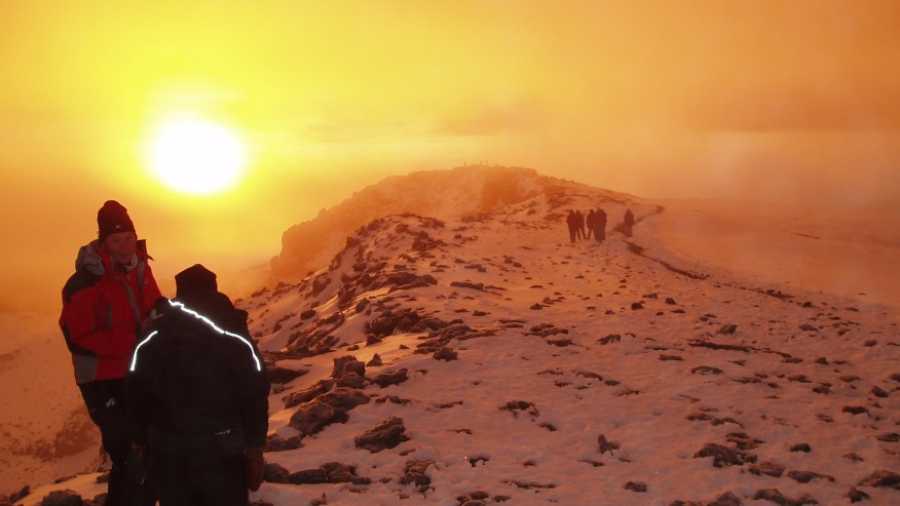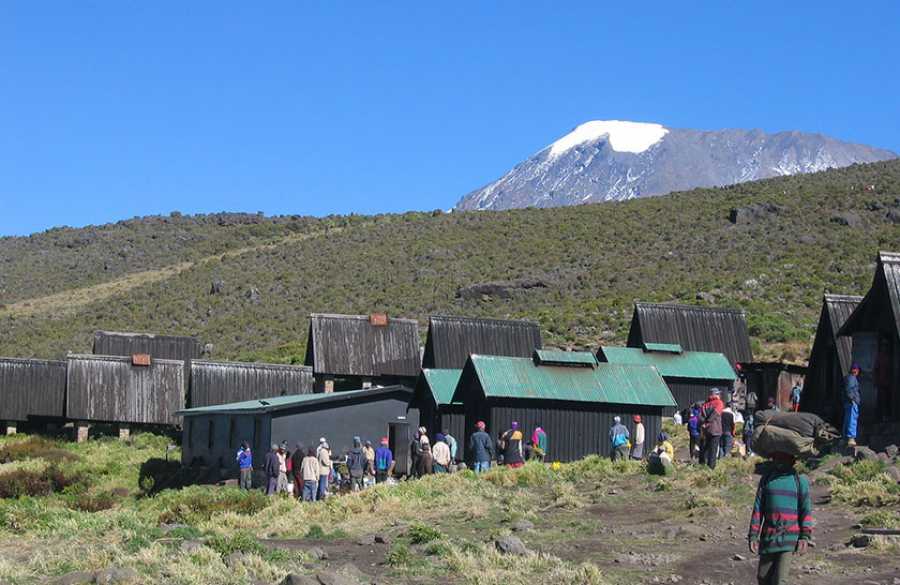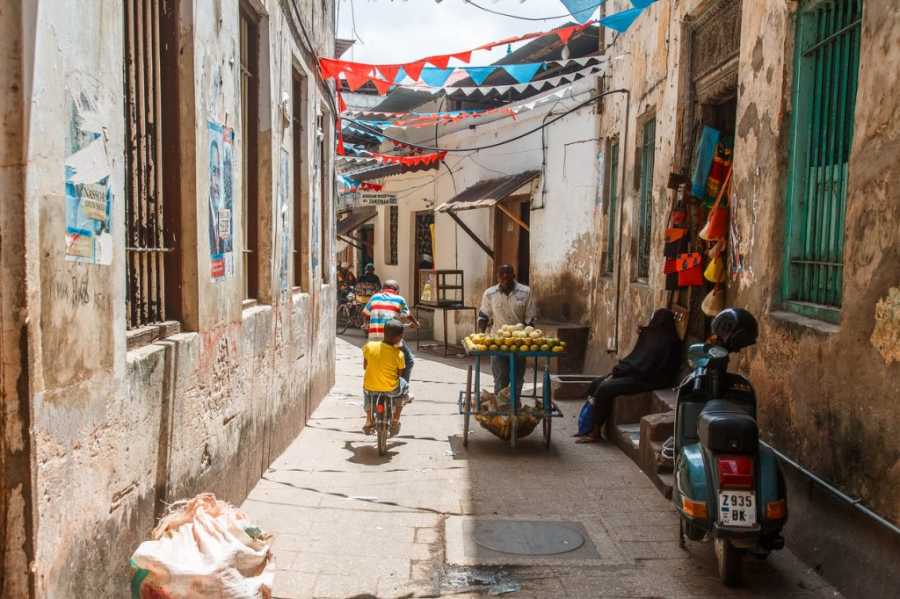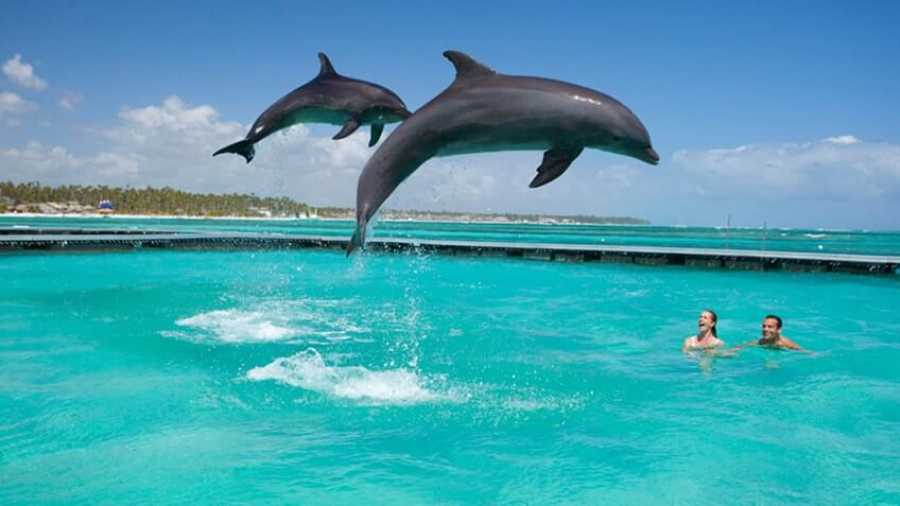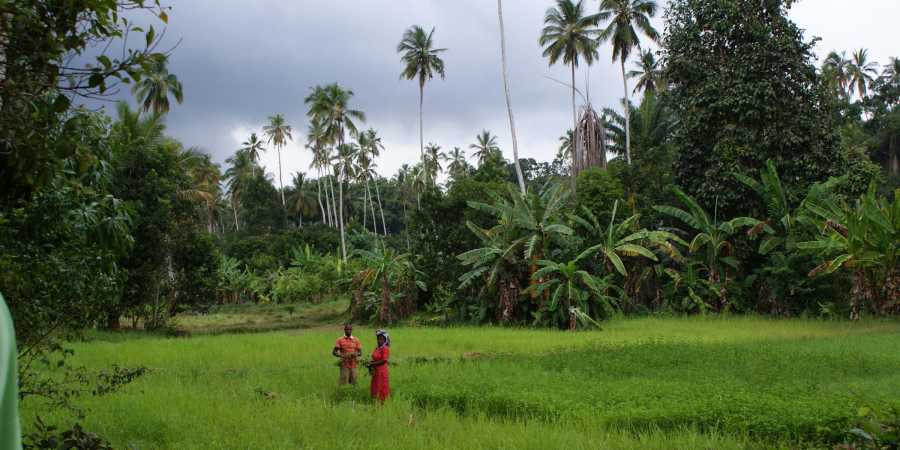Hiking and Trekking
Hiking in Tanzania
In a country crowned by the tallest free-standing volcano in the world and almost bisected by chains of ancient mountain ranges, hiking takes on a high profile. Stunning scenery and rugged terrain combine with a fascinating cultural backdrop to create several challenging and adventurous routes. Here are some suggestions to get you started.
Mount Kilimanjaro
Part hike, part slog, and part high-altitude trek, the journey to the peak of this iconic mountain -- the world's tallest free-standing volcano -- lures thousands of trekkers each year. Beginning amid lush stands of banana on Kilimanjaro's heavily cultivated lower slopes, the climb continues up through dense, dripping rainforest to alpine meadows and crosses a barren lunar landscape to the twin summits of Kibo and Mawenzi. The final stage -- the ascent up a steep, slippery scree slope -- typically begins around midnight, culminating with sunrise views from the summit over the plains far below. Kilimanjaro's cold, wet conditions and its altitude (5896m) make trekking here a serious undertaking.
Mount Meru
Often lost in the shadow of nearby Mount Kilimanjaro, 4566m-high Meru -- Tanzania's second-highest peak – also offers a highly scenic trek to the top. The ascent route starts in grassland and lush forest on the mountain's lower slopes, rising up through picturesque glades and finishing with a dramatic and exhilarating walk along the knife edge of volcanic Meru's crater rim. Meru is smaller than Kilimanjaro, and a trek can be done comfortably in four days, three nights. However, do not underestimate the mountain: its steepness, sheer drop-offs on the final ascent and the effects of altitude make it an almost equally challenging climb. Mount Meru is part of Arusha National Park, and all climbers must be accompanied by a park ranger, which can be arranged at the entry gate.
Ngorongoro Conservation Area
Although most famed for its wildlife-filled centrepiece, Ngorongoro Crater, the Ngorongoro Conservation Area (NCA) in Tanzania’s north is a wonderful destination in its own right, with rugged, scenic trekking and terrain varying from steep escarpments and grassy ridges to dense forests and volcanic peaks. There are no set routes, which makes for many possibilities. These include an overnight hike taking in the grassy summit and shallow crater of Olmoti peak and the breathtakingly beautiful crater lake of Empakaai; a day-hike up Makarot peak (3130m), complete with grasslands and wide views; and, a five-day walk from the northern edge of Ngorongoro Crater via lake-filled Empakaai Crater to the summit of the still-active Ol Doinyo Lengai, just outside the NCA’s boundaries. There is no infrastructure, and for overnight hikes most people use donkeys or vehicle support to carry water and supplies. This, combined with daily entry fees, makes longer treks in the NCA expensive -- from about $220 per person, per day. Day hikes are much more reasonable, involving just the $50 per person NCA daily entry fee plus $20 per group, per day for guide and transport costs. Day hikes can be organised at the NCA entry gate,
Udzungwa Mountains
Rushing waterfalls, steep slopes, 10 species of primates and a wealth of unique bird and plant species are the highlights of hiking in the seldom-visited Udzungwa Mountains, located about a six hour's drive southwest of Dar es Salaam. Infrastructure is rudimentary (you will need to bring your own tent and supplies), and the trail network is limited. But the night-time symphony of forest insects, the burbling of streams and views down over the Kilombero plains make up for the hassle. Despite relatively easy access (the main park gate is just 60km south of the highway along a decent road), the Udzungwas remain very much off the beaten path, and hikers will often have trails to themselves. Recommended hikes include the two-night, three-day climb up Mwanihana Peak (2080m) and the challenging six-day trail to Luhombero Peak (2579m), the highest point in the park.
All of these climbs and hikes can be done year round, with the dry season (late June to October, and late December to early March) generally the most favorable times. During the long rains from March to May, many areas of the country become extremely muddy, and hiking during this time is not recommended.
Safari Tours Itineraries - Hiking and Trekking
Itineraries can be customised to match your budget and travel dates
